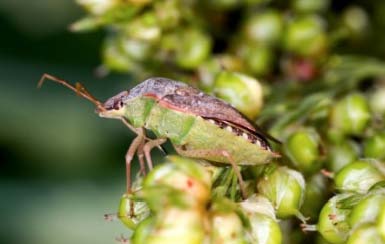Fresno County Agricultural Value Declines in 2015
Fresno County Agricultural Value Declines in 2015
Drought, Lower Commodity Prices and Production Issues Drive Report Down
“I continue to remind all—eaters; elected officials; local residents who benefit from a healthy, vibrant farm economy; and those whose jobs depend upon agriculture—that we must not take what we have for granted,” continued Jacobsen. “By not addressing our challenges head-on, whether it be water supply reductions, labor issues, governmental red-tape, etc., we are allowing our economy, our food and our people to wilt away. The direction of the Valley’s agricultural industry explicitly determines the direction of the Valley as a whole.”
One popular component of the report is review of the county’s “Top 10 Crops,” which offers a quick glimpse of the diversity of products grown here. In 2015, these crops accounted for three-fourths of the report’s value. Added to this year’s list were mandarins (9) and oranges (10). Mandarin demand continues to push acreage upwards. Dropping out of the Top 10 was pistachios and cotton. Pistachio production was significantly reduced last year due to the “blanking” issue that left many shells without nuts, and cotton acreage continues to be depressed due to reduced water supplies and fallowed land.
















